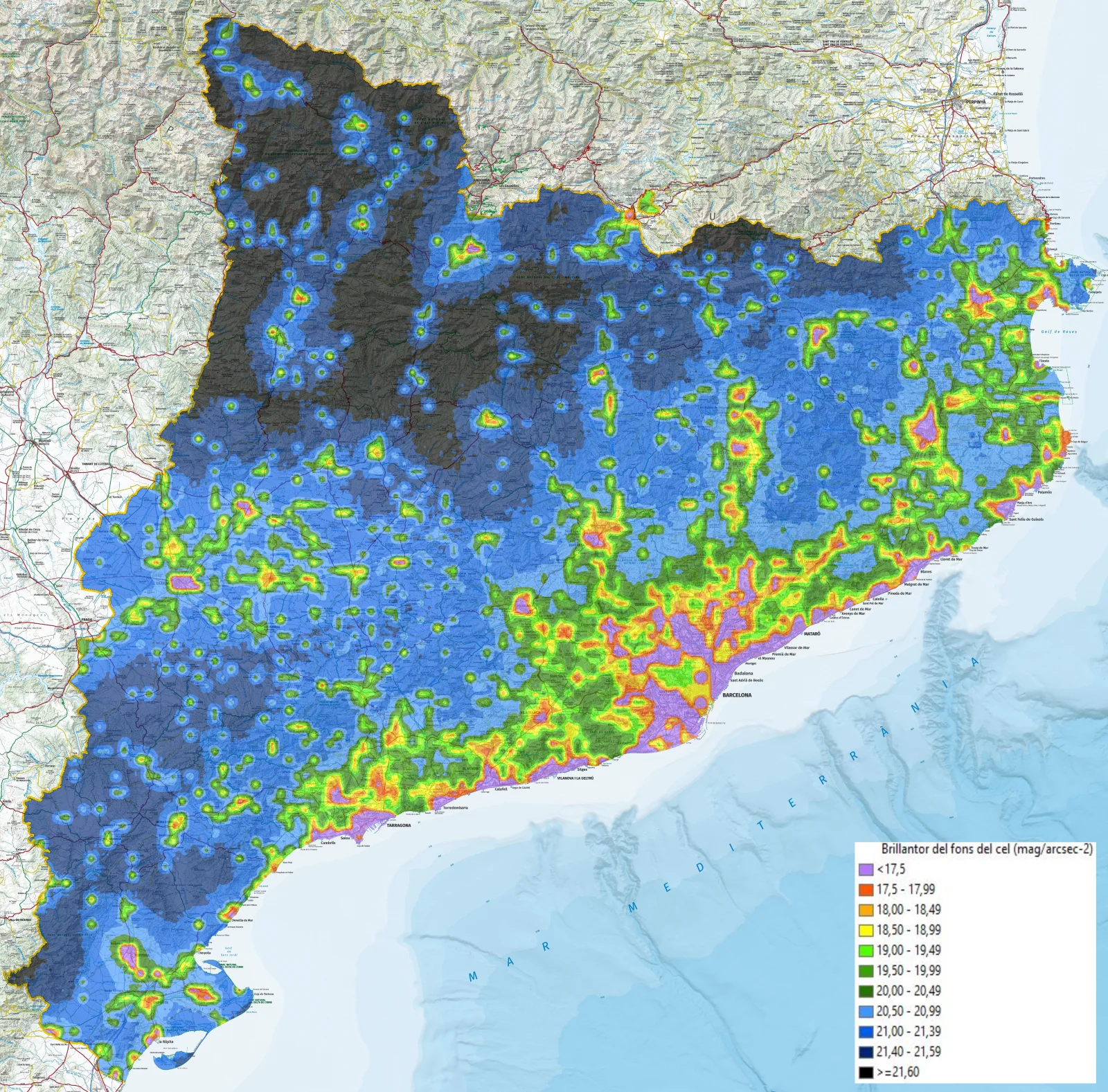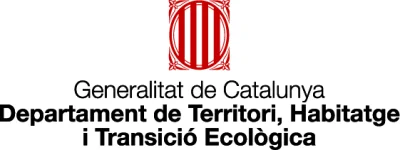Research projects
Light pollution studies


Sky brightness measurements and simulations

Light pollution is a major pollutant of the biosphere and a serious obstacle to astronomical observations. The light pollution research group at the IEEC focuses its efforts on studying the quality of the night sky using modelling tools, analysing its relationship with environmental and human-made factors, and working with public authorities to propose strategies to mitigate its impact.
Light pollution—the intrusion of artificial light into the natural night environment—is one of the most widespread and rapidly growing forms of human-induced pollution. Unlike natural nocturnal illumination, artificial light can be thousands of times brighter and spread hundreds of kilometers from its source. It disrupts ecosystems affecting biodiversity at all levels—even population dynamics. Artificial light can interfere with the circadian rhythms of living organisms, suppressing melatonin production and altering health, behaviour, and survival of some species. Light pollution also significantly impairs astronomical observations and has expanded to such an extent that over 80% of the global population now lives under light-polluted skies.
The light pollution research group at the IEEC addresses this growing concern by quantifying and modelling light pollution and its effects. The aim is to understand the complex relationships between artificial lighting, the night sky, and the biosphere, and to support informed decisions for its mitigation. Their work supports environmental conservation, sustainable lighting practices, and the preservation of dark skies for science and culture alike.
The group has long-standing expertise in field measurements of night sky brightness using photometers for measuring zenith brightness, all-sky cameras for full-sky mapping, and luxometers for ground-level illumination. They also use the Lan-Cube system to perform light inventories via mobile surveys, identifying lamp types, locations, and mounting characteristics. The team has developed custom software to process and visualize these data, enabling high-resolution spatial analysis.
In parallel, the group develops and applies simulation tools to understand and predict night sky brightness. The primary model, Illumina, focuses on artificial radiance and is actively co-developed by members of the group. Its modularity allows for tailored simulations across diverse environments. To complement it, the group developed GAMBONS, which estimates natural radiance contributions from stars, moon, airglow, and zodiacal light using photometric data from the Gaia and Hipparcos space missions. The integration of both models with in situ measurements offers a comprehensive view of the night sky and supports accurate evaluation of light pollution levels.
Image: Global map of light pollution in Catalonia. Credits: Government of Catalonia. Department of Territory, Housing and Ecological Transition.
TEAM
With the support of

